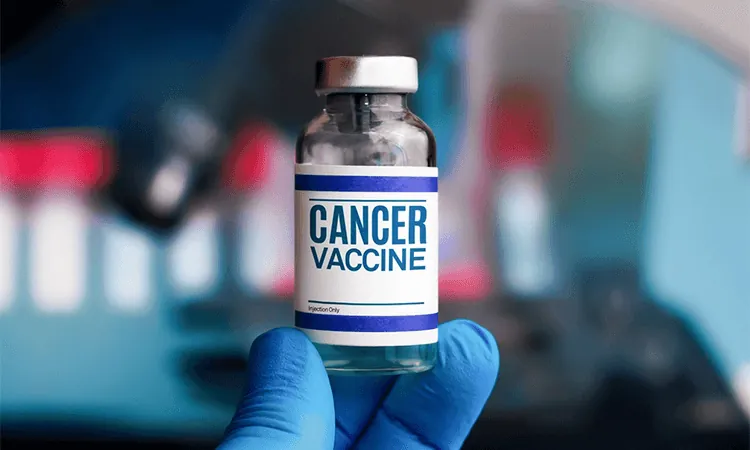
Alarming Rise in Breast Cancer Diagnoses Among Younger Women: What You Need to Know
2024-10-14
Author: Nur
Introduction
A recent study conducted by the American Cancer Society has revealed a disturbing trend: breast cancer is increasingly affecting women under the age of fifty. This finding defies the common perception that cancer primarily targets older individuals, as the majority of breast cancer cases and fatalities still occur within the older demographic.
Factors Contributing to Rising Cases
Dr. Gloria Delgado, an oncologist affiliated with Parkland Health and UT Southwestern Medical Center, discussed the factors contributing to this surge in breast cancer cases among younger women. One significant issue is the rising rates of metabolic changes linked to lifestyle choices. The increase in obesity rates, consumption of alcohol, and the delay in starting families are all believed to elevate the risk of developing breast cancer.
Hormonal Changes
Research suggests that hormonal changes may also play a pivotal role. As women experience higher levels of estrogen and other feminine hormones, the likelihood of breast cancer cells proliferating increases significantly. However, some experts argue that advancements in detection and treatment might explain the observed rise in diagnoses.
Mortality Rates
While improved detection and treatment strategies have led to enhanced survival rates when breast cancer is caught early, Dr. Delgado warns that the mortality rate is not decreasing—indicating that more aggressive forms of the disease are occurring in younger populations.
Differences in Characteristics
Breast cancer may exhibit different characteristics in younger women compared to older women. "Younger women tend to have more aggressive forms of breast cancer," Dr. Delgado explains. Fortunately, early diagnosis can lead to successful outcomes, with many women achieving survival rates of 80% to 90%. However, if diagnosed at a more advanced stage, the treatment becomes significantly more challenging.
Risk Mitigation Strategies
So, what can be done to combat this alarming trend? Experts emphasize the importance of addressing known risk factors. Obesity is a crucial contributor, as excess fatty tissue can increase estrogen production. Maintaining a balanced diet rich in fruits, vegetables, and lean proteins, along with regular exercise, may help mitigate the risk.
Limiting alcohol intake is also critical, as excessive consumption can lead to liver issues and further hormonal imbalances. Additionally, understanding childbearing age influences breast cancer risk; having children after 35 years old can be a risk factor. Breastfeeding for at least three months is recommended, as it is thought to reduce the possibility of developing cancer.
Awareness and Education
Awareness and self-examination are vital. Women should familiarize themselves with the normal state of their breasts and report any changes to their healthcare providers without hesitation. Regular communication with physicians is essential for early detection and intervention, particularly starting screening at age 40, or earlier for those at higher risk.
Conclusion
As we navigate such concerning developments in breast cancer trends, knowledge and proactive measures become paramount in safeguarding women’s health. Awareness, better lifestyle choices, and timely medical intervention could potentially reverse the alarming rise in breast cancer among younger women.
Stay informed, and prioritize your health—your life could depend on it!

 Brasil (PT)
Brasil (PT)
 Canada (EN)
Canada (EN)
 Chile (ES)
Chile (ES)
 España (ES)
España (ES)
 France (FR)
France (FR)
 Hong Kong (EN)
Hong Kong (EN)
 Italia (IT)
Italia (IT)
 日本 (JA)
日本 (JA)
 Magyarország (HU)
Magyarország (HU)
 Norge (NO)
Norge (NO)
 Polska (PL)
Polska (PL)
 Schweiz (DE)
Schweiz (DE)
 Singapore (EN)
Singapore (EN)
 Sverige (SV)
Sverige (SV)
 Suomi (FI)
Suomi (FI)
 Türkiye (TR)
Türkiye (TR)